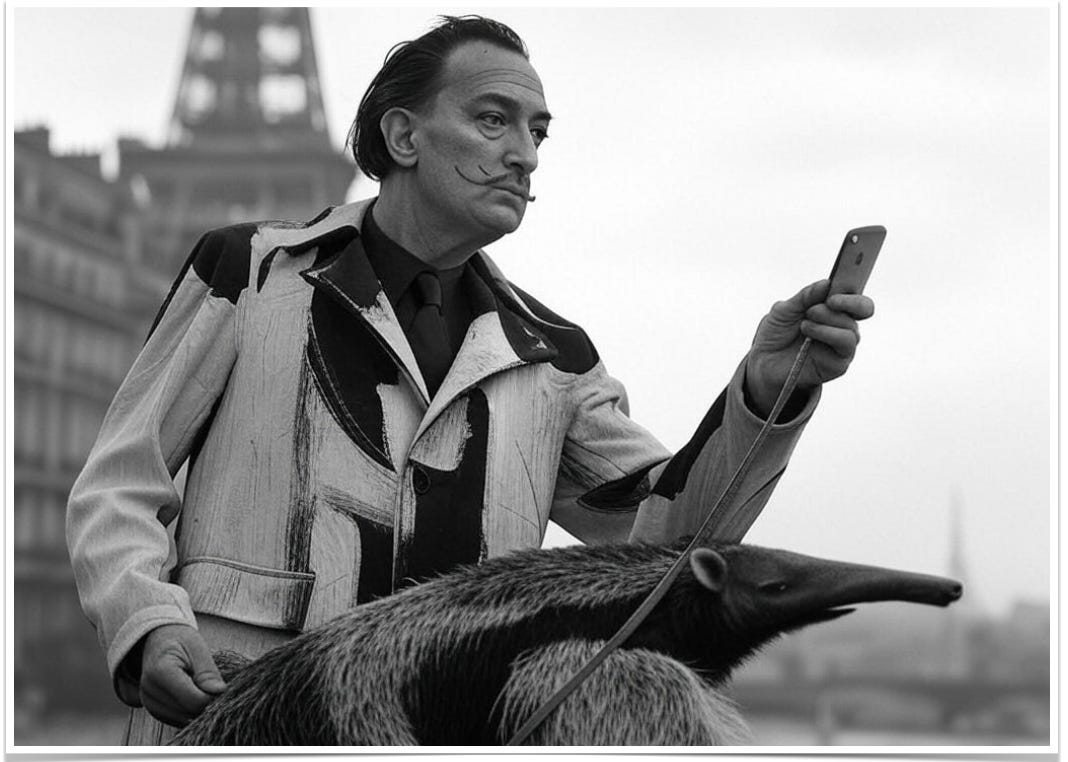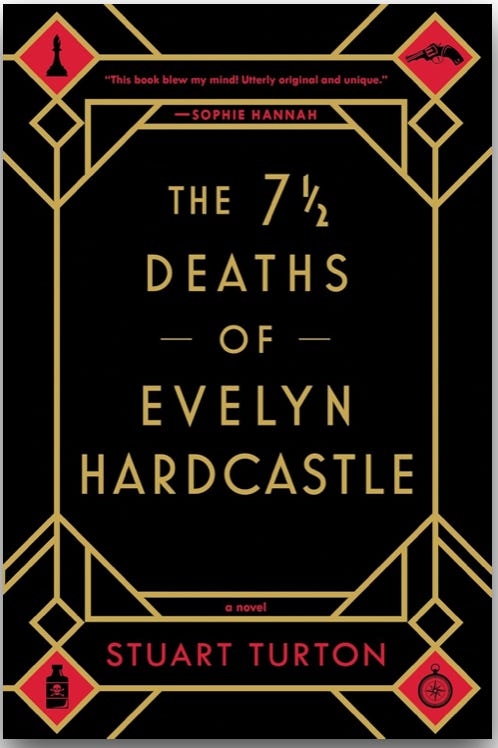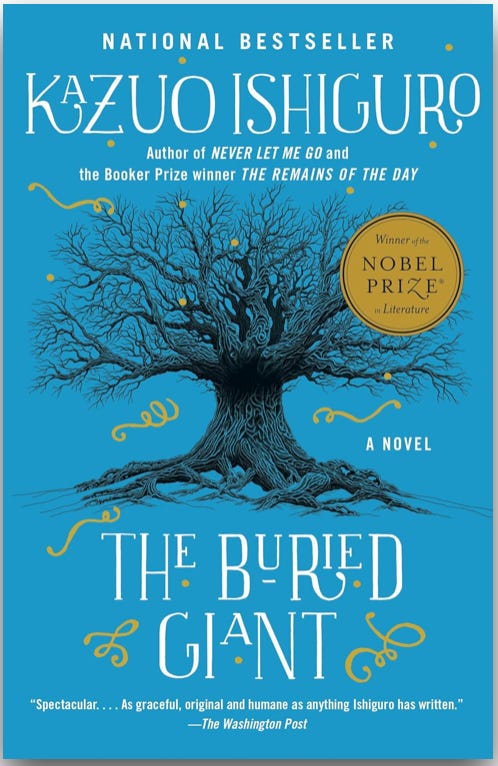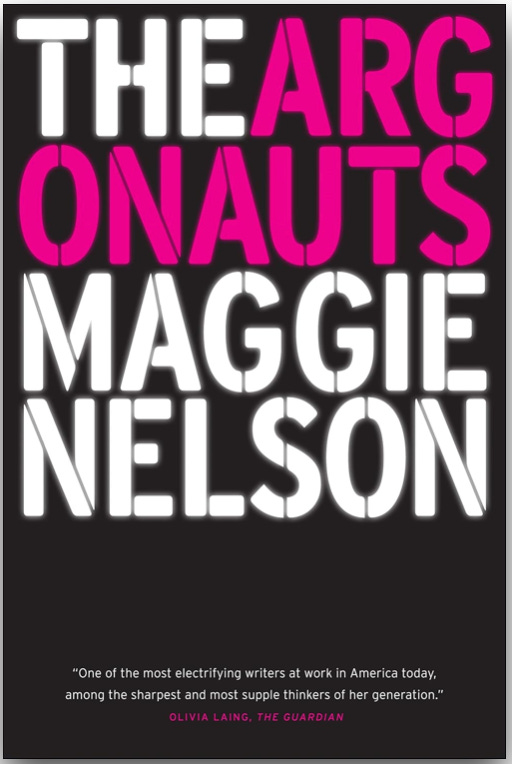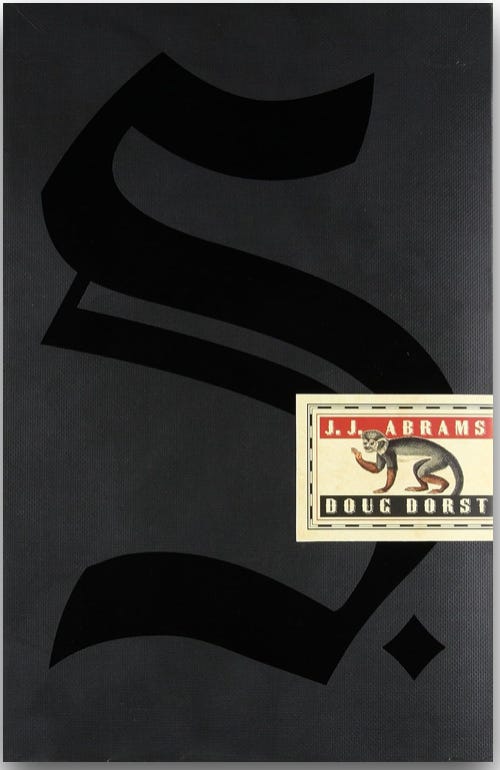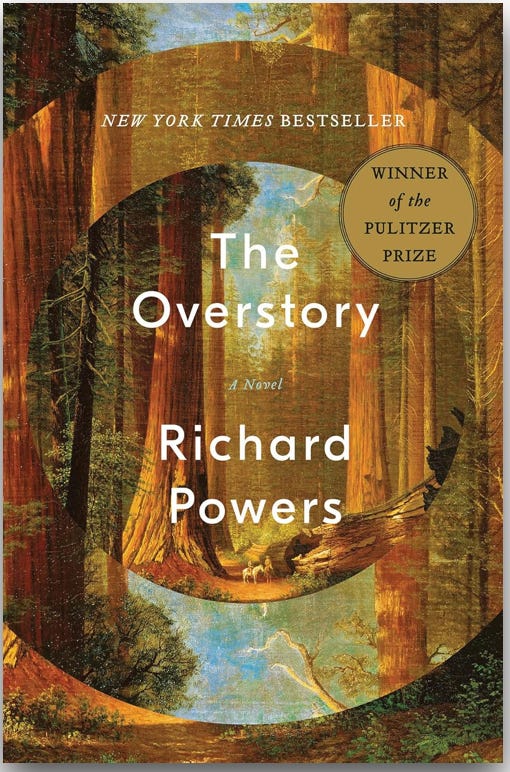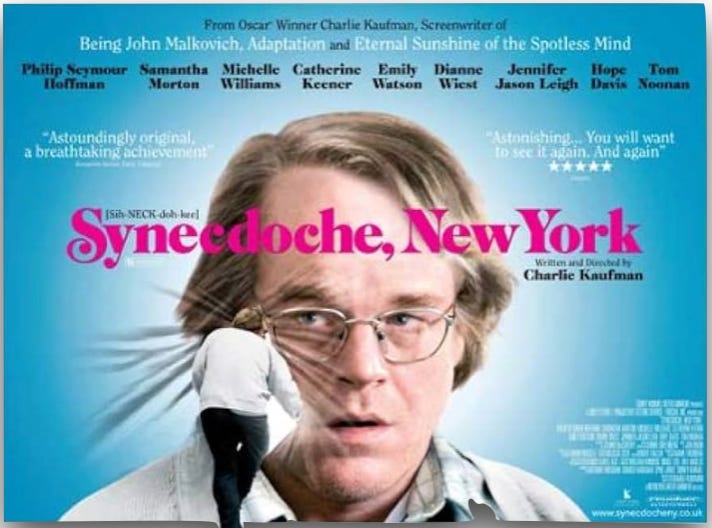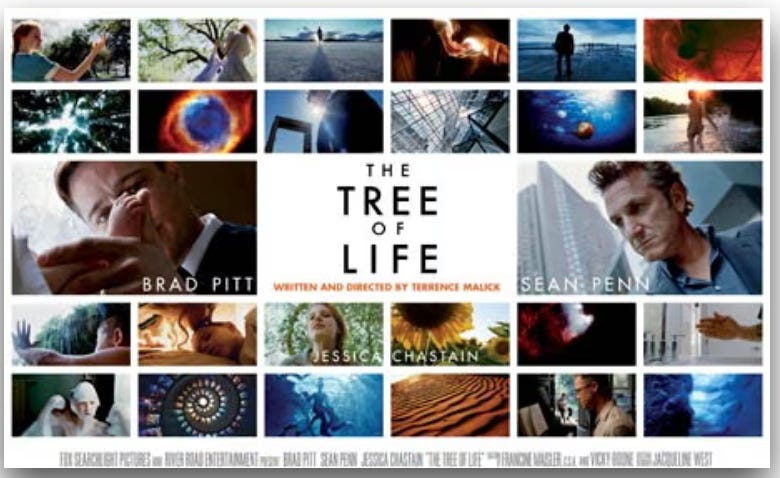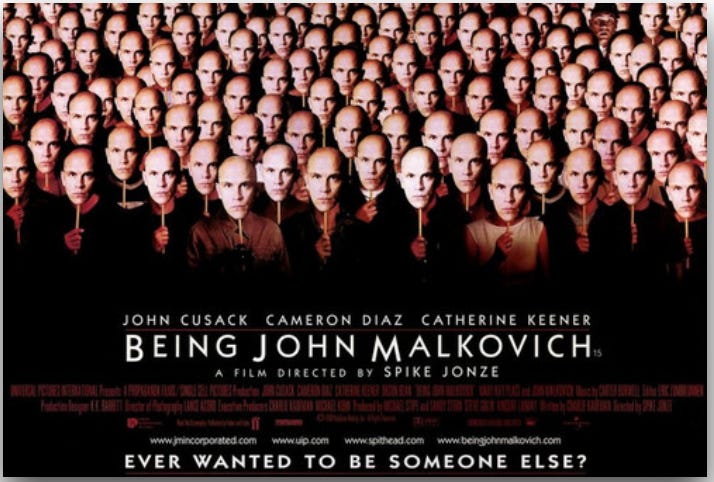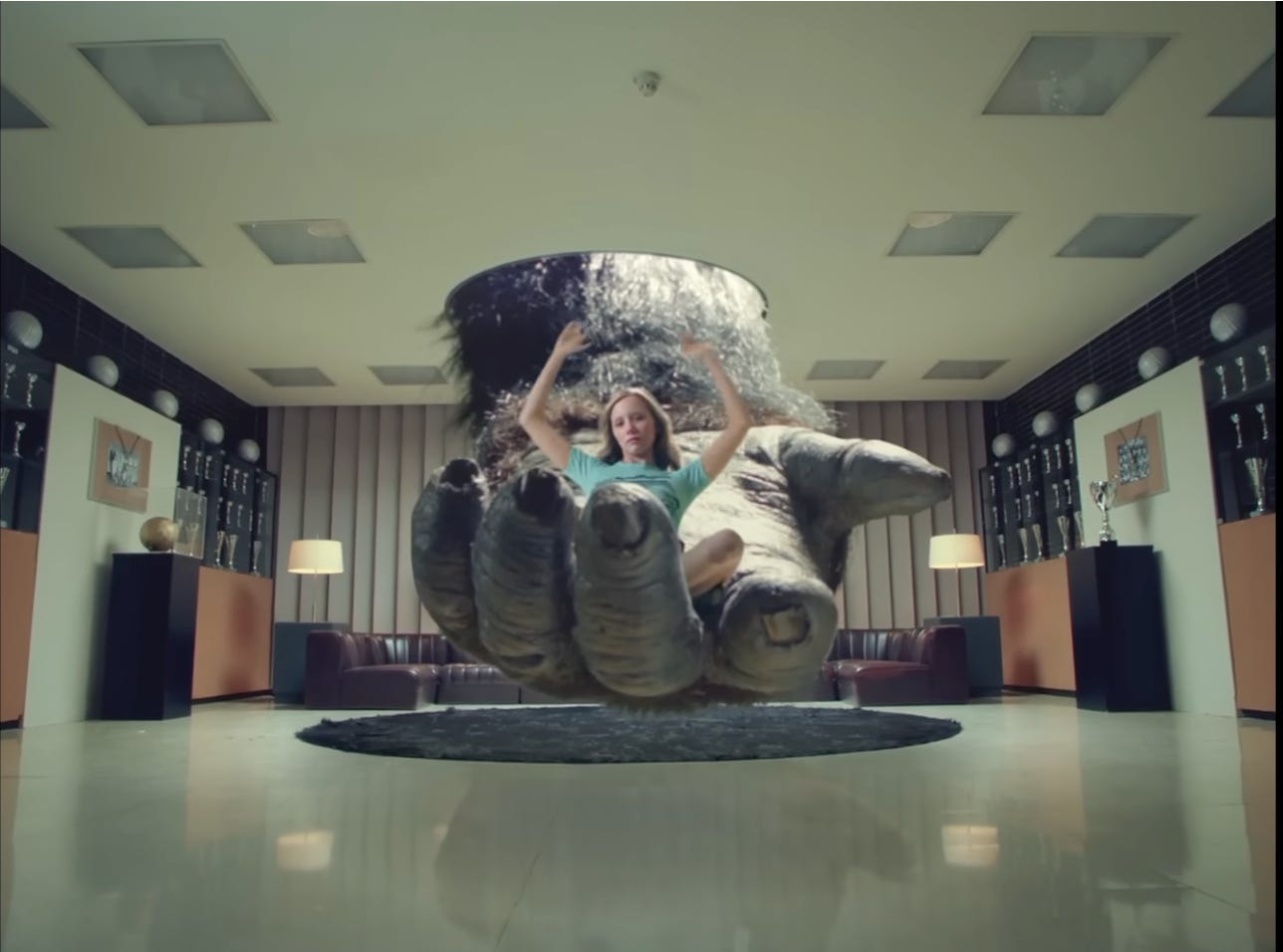If Salvador Dalí were alive today, what would he think of our chaotic, hyperconnected, and often absurd era? The answer, most likely, is that he would thrive in it. The eccentric surrealist artist, born in 1904 in Catalonia, Spain, remains one of the most recognizable names in art, not merely because of his melting clocks or extravagant moustache but because of what those symbols represent: a relentless questioning of reality. Dalí’s work challenged conventions, married dreams with the tangible, and pulled the subconscious onto the canvas.
Today, in a world grappling with artificial intelligence, human intolerance, and seemingly endless conflicts, Dalí’s philosophy feels more pertinent than ever. He asked questions we’re still asking: How do we define reality? What is the role of the imagination in a world increasingly dominated by logic? And how can art shock us into seeing things differently?
Now imagine this: Dalí, alive and well in 2025, exploring the vast cultural landscape at his disposal. How might he engage with contemporary art forms? What books would expand his surrealist vision? What films, TED Talks, or music would resonate with his spirit? Let’s step into the mind of a modern Dalí.
Five Books Salvador Dalí Would Read Today
The 7 ½ Deaths of Evelyn Hardcastle by Stuart Turton
Dalí adored puzzles and narratives that shattered linear storytelling. This genre-bending mystery, where the protagonist wakes up each day in a different body, solving the same murder from varying perspectives, would deeply appeal to his sense of the fragmented self. The way Turton manipulates time, space, and identity mirrors Dalí’s ability to distort reality in his art. The book’s play with multiple points of view feels like a literary manifestation of Dalí’s own obsession with how perception shapes truth.
The Buried Giant by Kazuo Ishiguro
Ishiguro’s exploration of memory, collective forgetting, and the fluidity of time would resonate strongly with Dalí’s surrealist vision. The novel, set in a misty post-Arthurian landscape, features an elderly couple wandering through a fragmented reality in search of something they can barely remember. Dalí, who often wove themes of nostalgia and subconscious memories into his work, would appreciate the book’s poetic meditation on the interplay between memory and myth.
The Argonauts by Maggie Nelson
A blend of memoir, cultural criticism, and philosophical inquiry, Nelson’s The Argonauts would intrigue Dalí with its boundary-breaking format. The book’s fluidity in discussing gender, identity, and love feels like an echo of Dalí’s own willingness to defy convention in both his life and art. Nelson’s use of fragmented storytelling, combined with deeply personal insights, would strike Dalí as a contemporary attempt to articulate the unarticulated, much like his own surrealist experiments.
S. by Doug Dorst and J.J. Abrams
This interactive novel isn’t just a story—it’s a work of art in itself. Designed as a “book within a book,” filled with handwritten notes, marginalia, and physical inserts, S. is a puzzle begging to be solved. Dalí, who loved creating layered, enigmatic works, would relish this novel’s immersive experience. Its demand for active engagement from the reader mirrors the way Dalí’s paintings ask viewers to interrogate what they see and think.
The Overstory by Richard Powers
Dalí’s fascination with nature’s surrealism—how tree branches can mimic veins or clouds can look like melting wax—would find a profound echo in The Overstory. Powers’ sweeping tale of human lives interconnected with the life of trees would captivate Dalí’s ecological imagination. Powers' philosophical undertones about time and interconnectedness would deeply resonate with Dal's belief that the natural and the subconscious are often inseparable.
Five TED Talks Salvador Dalí Would Love
“Your body language shapes who you are” by Amy Cuddy
Dalí was a performer in every sense of the word, understanding the power of physical presence and gesture. Amy Cuddy’s talk, which explores how body language can influence not only how others perceive us but how we perceive ourselves, would feel like a scientific affirmation of Dalí’s flamboyant theatrics. He might even adapt her “power poses” into surrealist tableaus.
“The Incredible Creativity of Deepfakes — and the Worrying Future of AI” by Tom Graham
Dal frequently blurred the boundaries between reality and illusion. This talk on deepfakes would fascinate him as a 21st-century version of his own experiments with distortion. The ability to manipulate reality on a digital scale would likely inspire him to imagine how AI could be used to create art that challenges perceptions on an entirely new level.
“How to Build Your Confidence—and Spark It in Others” by Brittany Packnett Cunningham
Dalí’s eccentric confidence was his trademark. This talk on the art of building confidence as a tool for empowerment would resonate with his belief in self-expression as an act of defiance and liberation. Dalí would view this talk as a contemporary guide to living boldly, a value he embodied in both his art and his life.
“Magna Cortica: The Ethics of Brain Augmentation” by Jamais Cascio
As someone deeply fascinated by the subconscious, Dalí would find this exploration of brain enhancement both thrilling and unsettling. The ethical dilemmas surrounding augmented intelligence would provide fertile ground for his imagination, leading him to question how far we can go in altering the human experience without losing our essence.
“Courage Is Contagious” by Damon Davis
Dalí believed in the transformative power of boldness. This talk, which explores how courage inspires collective action, would resonate with his belief that true creativity requires bravery. Davis’ focus on the ripple effects of small acts of defiance would align with Dalí’s own approach to art as a form of provocation.
Five Films Dalí Would Admire
Eternal Sunshine of the Spotless Mind (2004)
This surreal love story, which explores the erasure of painful memories, feels like it could have been inspired by Dalí’s paintings. The film’s disjointed narrative, dreamlike visuals, and exploration of memory as a malleable construct would deeply resonate with his artistic sensibilities.
Charlie Kaufman’s film is a labyrinth of identity and mortality, themes that Dalí often explored. The movie’s collapsing boundaries between art and life would remind him of his own desire to dissolve the line between the canvas and the real world.
Terrence Malick’s cosmic meditation on existence, love, and loss would strike Dalí as a visual poem. Its sweeping cinematography and philosophical depth mirror the grandeur and introspection of Dalí’s most ambitious works.
This film’s absurd premise—a portal into another person’s consciousness—would delight Dalí. Its surreal humor and exploration of identity would feel like a cinematic nod to his own fascination with the subconscious mind.
Yorgos Lanthimos’ dystopian love story, where single people are transformed into animals, would strike Dalí as delightfully absurd. The film’s deadpan delivery and surreal premise echo the dark humor often found in Dalí’s work.
Five Songs Dalí Would Add to His Spotify Playlist
“A Day in the Life” by The Beatles
This iconic track’s abrupt tonal shifts and surreal lyrics would feel like an auditory manifestation of Dalí’s artistic ethos. It’s a song that refuses to conform, much like Dalí himself.
Dalí’s love of theatricality and exaggeration would make this song irresistible. Its playful depiction of madness aligns with the performative eccentricity that defined his public persona.
“Black No. 1 (Little Miss Scare-All)” by Type O Negative
This gothic anthem’s dramatic tone and self-aware humor would appeal to Dalí’s darker, melodramatic side. It’s a song that revels in its absurdity, much like his art.
“The Less I Know the Better” by Tame Impala
This dreamy, psychedelic track would resonate with Dalí’s fascination with fluidity and the subconscious. The hazy, otherworldly soundscape feels like a soundtrack to one of his paintings.
Dalí, ever the iconoclast, would connect with Bowie’s anthem of individuality and rebellion. Its celebration of breaking norms would feel like a musical reflection of his own ethos.
Why We Need Dalí’s Spirit Today
Salvador Dalí was never content with the status quo. He approached life and art with relentless curiosity, unapologetic boldness, and a willingness to defy convention. These qualities are exactly what the modern world desperately needs.
Artificial intelligence is reshaping creativity and truth. Conflicts and intolerance test human compassion. Dalí’s discerning eye, honed to find absurdity in the everyday and beauty in chaos, could help us confront these challenges. His surrealist lens would urge us to question the systems we’ve built, challenge binaries we’ve accepted, and imagine reinvention where others see stagnation.
Dalí’s legacy isn’t just about art—it’s about perspective. He reminds us that imagination is a tool for survival and that the most outrageous ideas can provoke the most profound truths.
So as we face an era defined by complexity and division, let’s ask ourselves: How can we embrace Dalí’s audacity to create something extraordinary?
What’s next? The answer lies in how daring we are willing to be.
Prince Stash and Salvador Dalí: A Surreal Connection
At the end of this article, you’ll find a video from Prince Stash Klossowski de Rola, a man who shared an extraordinary connection with Salvador Dalí. As an enigmatic figure known for his intellectual depth and cultural curiosity, Prince Stash had an intimate view into the life of the surrealist master.
Their relationship was more than mere acquaintance; it was a meeting of two eccentric minds—both rooted in a deep appreciation for art, philosophy, and the avant-garde. Prince Stash often describes Dalí as a larger-than-life figure who could simultaneously inspire and perplex those around him. Stash was privy to Dalí’s private world, his unconventional philosophies, and his unapologetic flamboyance.
Stash’s insights into Dalí’s process and worldview are rare gems, offering a glimpse into the human side of an artist who often seemed otherworldly. Through his stories, we understand Dalí not just as the man behind the melting clocks but as a provocateur who viewed art and life as inseparable. Dalí’s ability to pull profound meaning from absurdity left an indelible impression on Prince Stash, whose own creative pursuits have been shaped by this intimate friendship.
In the video attached, Stash reflects on their time together, peeling back the layers of Dalí’s enigmatic personality. From their shared intellectual exchanges to Dalí’s theatrical flair for blending imagination with reality, this video offers a personal account that adds depth to the surrealist master’s legacy.
As you watch, consider how this personal connection breathes life into Dalí’s philosophy. Prince Stash’s reflections remind us of the power of mentorship, collaboration, and the profound impact that a singular visionary can have on those lucky enough to orbit their world. Dalí was not just a surrealist—he was a force of nature. Through Stash’s stories, we catch a glimpse of the artist’s enduring humanity and genius.





